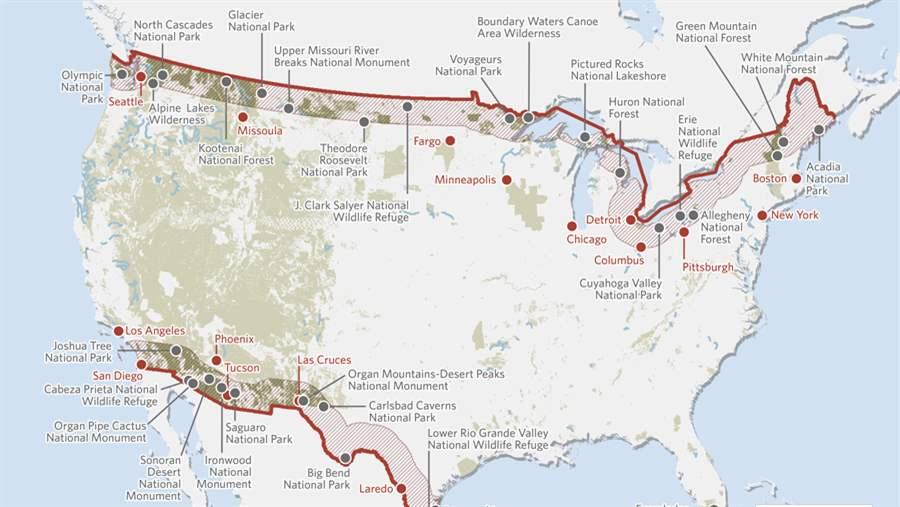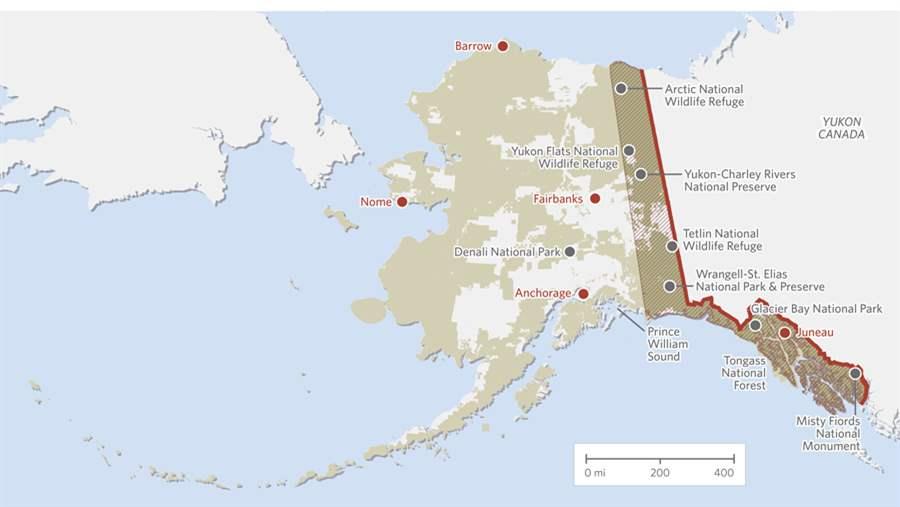New Bills Threaten National Parks, Wilderness, Wildlife Refuges Within 100 Miles of Borders With Canada, Mexico
H.R. 399 and S. 208 would give unprecedented power to U.S. Customs and Border Protection to disregard bedrock conservation and environmental laws on lands managed by the Department of the Interior and Department of Agriculture within 100 miles of the U.S. borders with Canada and Mexico. These are the laws that protect our unique natural heritage, help to keep our water and air safe and clean, and have provided recreational opportunities for generations of hunters and anglers, hikers, birders, and other outdoor enthusiasts.
“Border security and immigration reform need not be accomplished through the waiver or infringement of existing laws and procedures, or by sacrificing our unique natural heritage,” said Jim Mathews, a US public lands policy expert with The Pew Charitable Trusts. “These provisions pose significant risks to our nation’s environment and public lands, and the rule of law.”
The bills would allow for the construction of roads, barriers, communications, and surveillance structures, and the deployment of infrastructure such as forward operating bases to support tactical operations in our nation’s national parks, national monuments, national wildlife refuges, and wilderness areas.
This new authority, granting total and unfettered control of public lands within the 100-mile zone, is unnecessary to secure U.S. borders, and neither the Department of Homeland Security nor U.S. Customs and Border Protection has requested it.








